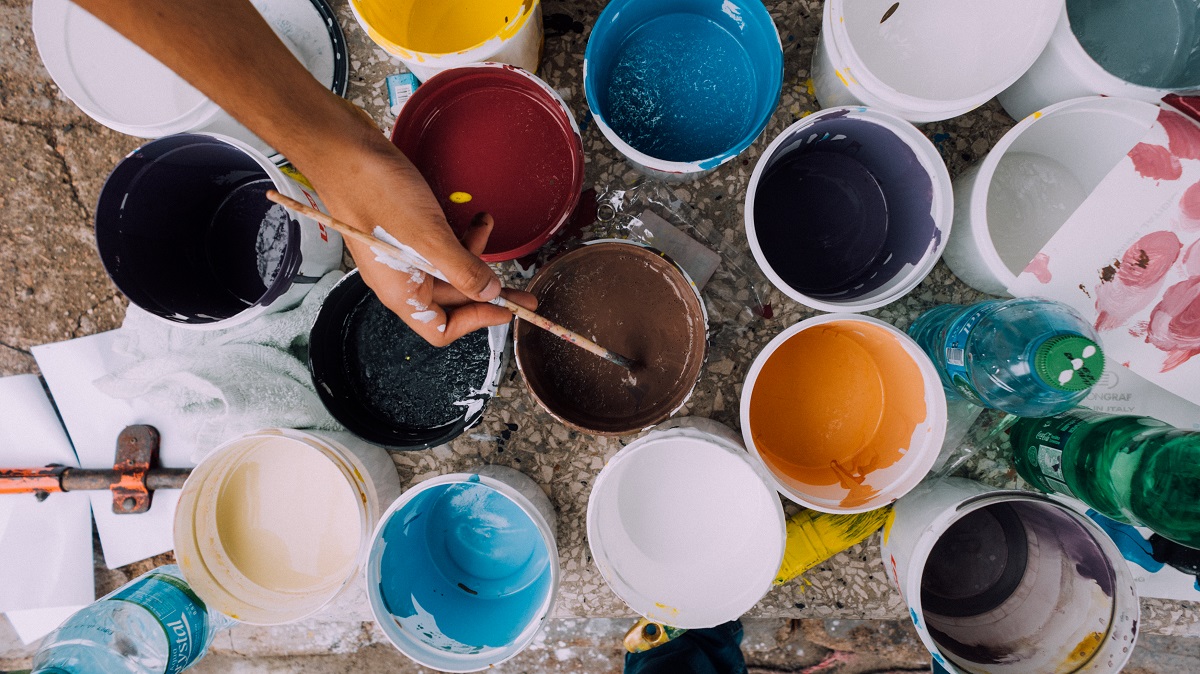People in the art industry will attest that art comes with spiritual qualities. Viewing a painting forms a type of connection between your mind and emotion that allows you to immerse on the shapes and form sitting right in front of your eyes. Thus, it is no surprise people are using art to deal with boredom, stress, and loneliness. Even doctors and therapists are using art to improve mental health and evaluate psychological disorders.
As we spend more time indoors to prevent the spread of COVID-19, many of us are running out of things to do because of the year-long quarantine. But aside from playing video games and binge-watching Netflix shows, making art offers more benefits than just relaxing and passing the time. Unlike other activities, art allows us to release our negative thoughts and feelings non-verbally. It also has positive effects on our health and overall well-being.
Creating art doesn’t mean that you need to have the talent for sketching or writing poems. Today, there are plenty of tools that help non-artistic people to channel their creative side. One example is coloring books, monthly crafting kits, and scrapbooking subscription boxes containing proper art supplies.
As you begin your art project during the pandemic, it makes sense to understand how art can help us cope with the stress and boredom brought by the current global events. That being said, here are the ways how art can improve our health and overall mental wellness.
Art as medicine
According to Harvard Medical School, expressing yourself through art help reduce symptoms of anxiety, depression, and cancer. Hospitalized patients greatly benefit from creating visual art by promoting relaxation and reducing stress. It also improves resilience, reasoning, and memory among older people.
Previous studies show people suffering from progressive neurological illnesses such as dementia retain their ability to make art despite diminished language and speech. Doctors also encourage homebound patients to create art to ease stress because of their diseases. For example, mental health counselors at Massachusetts General Hospital are offering art tools such as acrylic paints to patients undergoing cancer therapy. This approach also helped veterans and those with Alzheimer’s disease to feel more engaged and happier.
Art also proves useful for people nearing death. It allowed them to express themselves in a secure environment and help them achieve peace until they passed on. Their artworks vary from videos and books to celebrate their life and string necklaces as gifts to family and friends. Some even create build boxes to express and contain their frustration and anger.
Art as therapy
Art is an effective psychotherapy tool, especially in treating mental health issues. Health professionals view it as an expressive medium to allow patients to overcome stress, explore their personalities, and communicate their thoughts and feelings.
Art therapy combines the creative process with psychotherapeutic techniques to enhance well-being and mental health. According to the American Art Therapy Association, they refer to art therapy as a comprehensive approach to mental health that involves using art to improve physical, emotional, and mental wellness. Its main objective is to use our creative process to explore self-expression, develop coping skills, and get personal insight from ourselves.
Approaches in art therapy include collage making, drawing, coloring, painting, and sculpting. As patients make art, they learn to analyze their artwork and what they feel. In turn, doctors and therapists explore their artworks to seek conflicts and themes that may affect their behaviors, emotions, and thoughts.
Taking part in art therapy sessions doesn’t require special talents or artistic abilities. Therapists encourage kids, teenagers, and older adults to create art and experience its therapeutic benefits. Even simply appreciating art enhances our mental health. No wonder we often see art displays in hospital environments which aim to create a feeling of security for patients.
Art as a stress-reducing tool

Plenty of studies found a link between art and stress management. In fact, a UK-based mental health charity called Arts and Minds conducts art workshops to reduce feelings of worry and loneliness. Their techniques proved successful as they found a significant decrease in anxiety and depression cases among their workshop participants.
That is why art is highly recommended for seniors since they are more prone to the negative effects of loneliness and social isolation. Creating art will help them feel more socially connected by healing those negative feelings and strengthening their mental wellness.
In many ways, art benefits both creative and non-creative people by enhancing their spirituality and mental health. Whether you love painting, writing, dancing, or singing, it is a known fact that art is good for our mind, body, and the world at large. Beyond its wellness benefits, art can improve overall mental wellness and heal people on a larger scale.